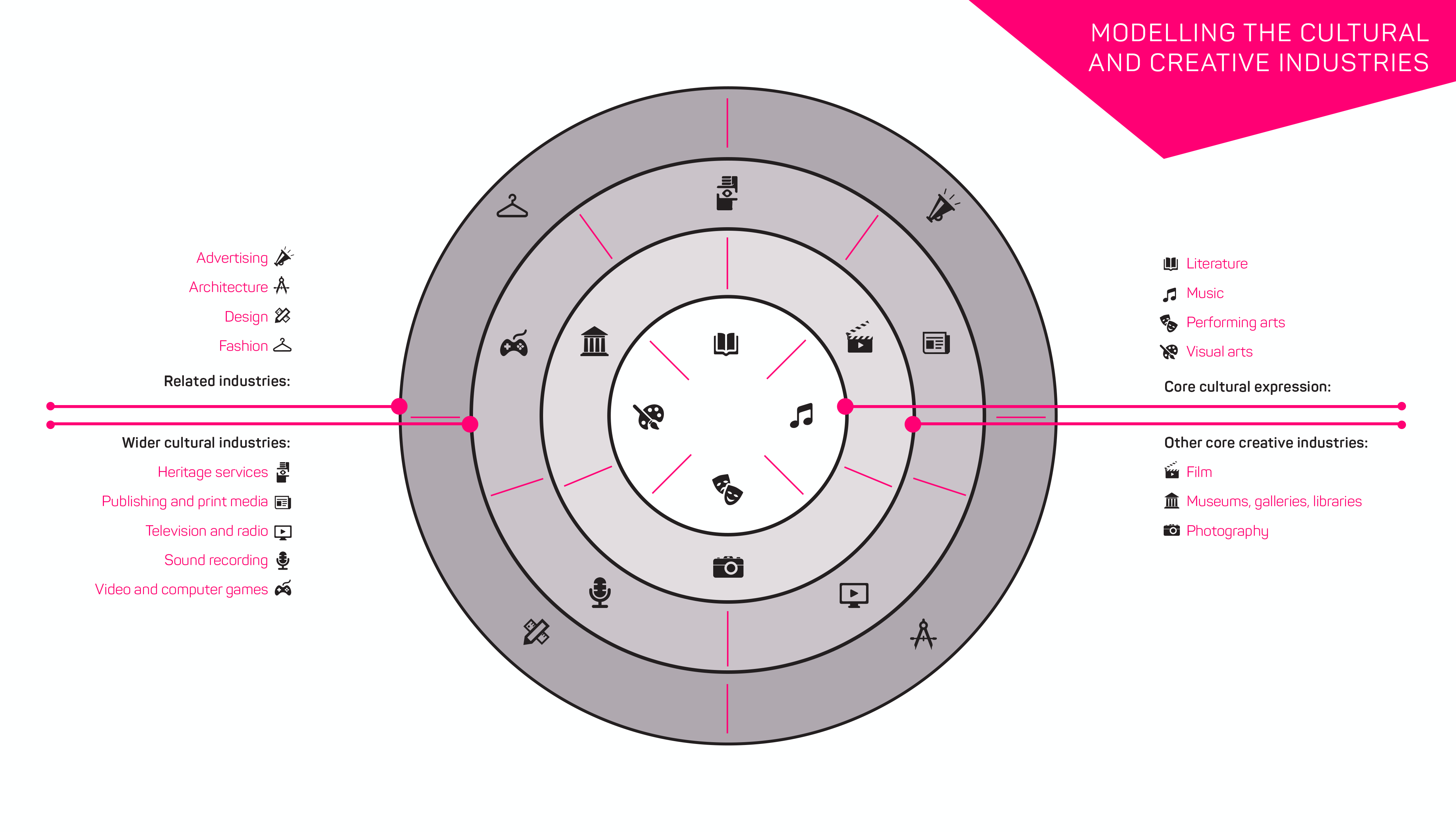- The Proposal Writing Course
- The Cultural Strategy Course
-
The Advocacy Сourse
-
Lecture 1. What is advocacy and how can it help?
-
Lecture 2. Issue analysis and identification
-
Lecture 3. Mapping the external environment
-
Lecture 4. Lobbying, influencing and getting your voice heard
-
Lecture 5. Advocacy campaign evaluation
-
Fact sheet on advocacy and lobbying
-
Advocacy Capacity Assessment
-
Case Study
-
Additional Reading Resources
-
Test and certificate
-
- The Finance and Project Budget Course
- The Donor Fundraising Strategy Course
- The Media Pitching Course
- The Strategic Planning Course
-
The Marketing Course
-
Lecture 1. What is ‘Marketing’?
-
Lecture 2. Marketing Strategy
-
Lecture 3. Listening to Customers
-
Lecture 4. Customer Benefits
-
Lecture 5. The 3Ms of Marketing
-
Fact Sheet. 20 Key Facts relating to Marketing
-
Checklist to ensure efficient marketing strategy
-
Case Study. The 3Ms of Marketing.
-
Test and certificate
-
- The Course on Creating Value in Creative Economy
- The Cultural Relations and Cultural Diplomacy Introduction Course
- The Creative Europe Course
-
The Crossovers & Fundraising Course
-
Lecture 1. Entrepreneurship and Innovation: Vectors for Successful Fundraising
-
Lecture 2. Business Models and External Financing for Creative Startups
-
Lecture 3. Crossovers: A Catalyst for Effective Business Planning
-
Links to online resources and resources for further reading
-
Fact sheet
-
Case studies
-
Test and certificate
-
-
An Introduction to Cultural Journalism Online Course
-
Lecture 1: What Is Cultural Journalism? (An Introduction to Cultural Journalism. Online course by Dr Maya Jaggi)
-
Lecture 2: What is Criticism? (An Introduction to Cultural Journalism. Online course by Dr Maya Jaggi)
-
Lecture 3: How to Interview Cultural Figures (An Introduction to Cultural Journalism. Online course by Dr Maya Jaggi)
-
Lecture 4: Conclusion - Building an Audience for Culture (An Introduction to Cultural Journalism. Online course by Dr Maya Jaggi)
-
FURTHER READING
-
Test and certificate
-
- Investor Pitching Course for Creative Businesses
- The Digital Communication Course
- Project Management in Culture Course
- The Culture & Creativity Course
-
The Communication Course
-
Lecture 1. The Basic Principles of Strategic Communication
-
Lecture 2. The Stages of Strategic Communication
-
Lecture 3. The Basic Principles of Strategic Communication
-
Lecture 4. The Basic Elements of Strategic Communication: Audience, Messages, Channels, Speakers and Time
-
Lecture 5. Media communications: tips for success
-
Additional resources
-
Test and certificate
-

However, the notion of cultural and creative industries belongs to a later period. The economist and art theorist Pierre Luigi Sacco links their appearance to the industrial revolution at the turn of the twentieth century. The technological innovations of that period–radio, sound recording, photography, film, and the perfecting of the printing technology–expanded the access to culture and influenced the creative process.
The theatre, visual arts, cinema, TV, radio, music, publishing business, computer games, new media, architecture, design, fashion and advertising are all part of the cultural and creative industries.

The terms “cultural industries” and “creative industries” are practically interchangeable. The concept of “cultural industries” is more related to cultural heritage and traditional forms of creation, while “creative industries” includes the applied arts practices, innovations and generating profit and creation of jobs by creating intellectual property.

Click to see the full-size image.
We are now seeing a transition to new forms of cultural and creative industries. The clear dividing line between producers and consumers of content is disappearing. The cultural and creative sectors are considered the forerunners of new dynamic forms of economic activity. As the society moves from being an industrial society to an intellectual one, the creative approach to solving tasks is becoming an important factor of competitiveness.
